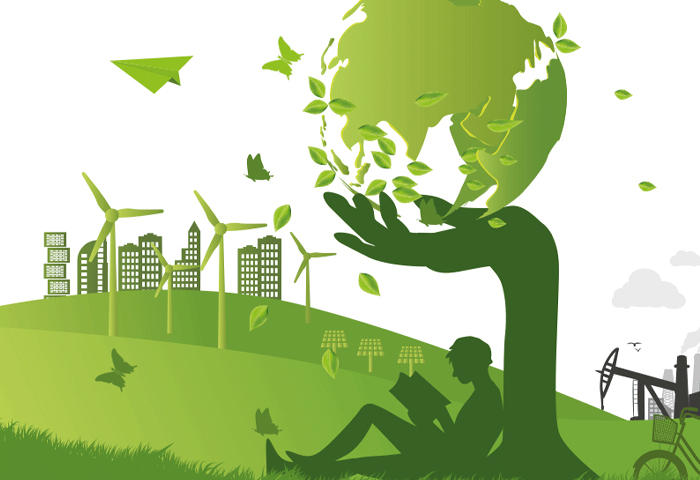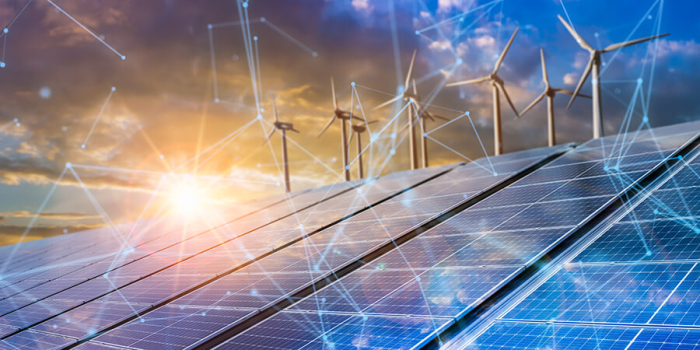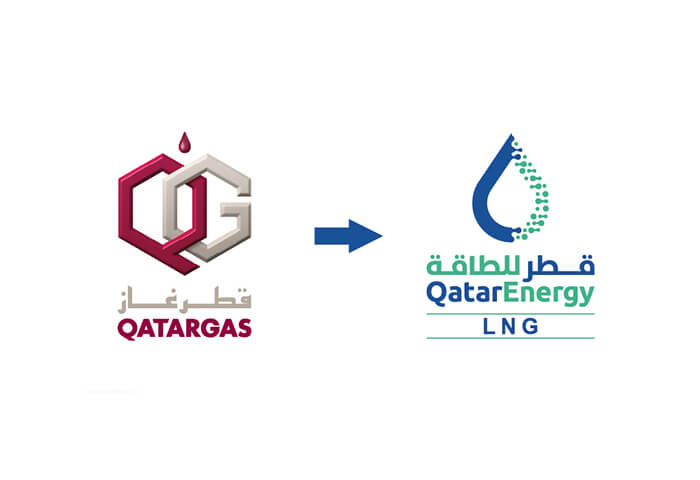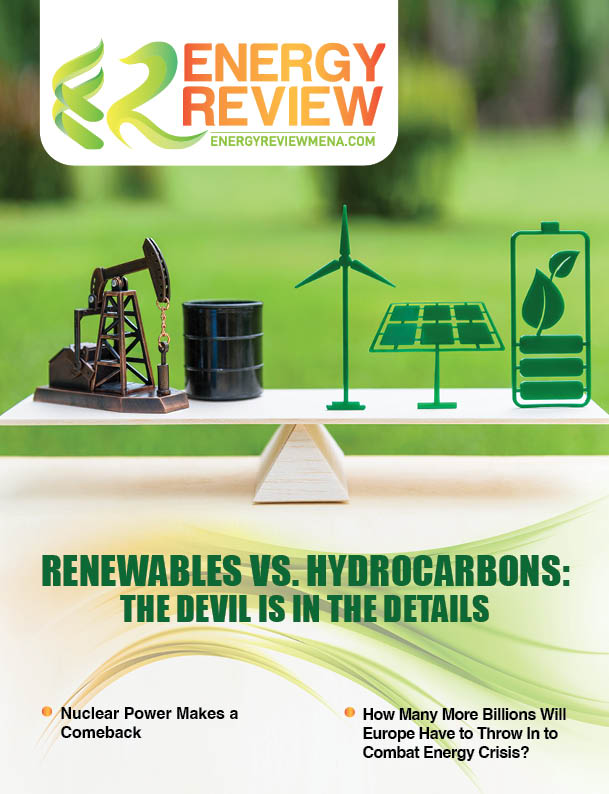The rising energy price as a result of Russia's war on Ukraine is palpable across the globe, especially in Europe. Oil price shot to $105 per barrel immediately after Russian troops invaded Ukraine on 24th February 2022, as a reaction to concerns that sanctions against Russia would de-stabilize energy exports. It is currently unclear what the impact of the sanctions on Russia will be on energy flows and how long any potential supply losses will last. However, the impact of the short supply isn’t hard to imagine considering that in January 2022, Russia’s total oil production was 11.3 million barrels per day (mb/d), of which 10 mb/d was crude oil, 960 thousand barrels per day (kb/d) condensates and 340 kb/d natural gas liquids (NGLs). By comparison, US total oil production was 17.6 mb/d while Saudi Arabia produced 12 mb/d. Russian refineries processed 5.6 million bpd of crude and exported 2.8 million bpd of oil products in 2021. Europe remains a major market for Russian oil products. Putting that into perspective, the IEA had forecast global oil consumption in 2022 at 100.61 million barrels a day, with global production slightly higher at 101.39 million barrels a day.
With the potential of disruption in 40% of gas supply from Russia, the European Union is scrambling for ways to contain the supply crunch. It has recommended that EU countries jointly buy gas to reinforce supply but has cautioned that seeking to cap wholesale prices would cause problems and undermine efforts to shift to green energy. As a result, the European Commission has been tasked to come up with a plan by May on how to quit Russian fossil fuels by 2027.
Feeling the growing pressure of higher energy prices, British prime minister, Boris Johnson, also made a quick visit to the oil-exporting countries in the GCC to gain support for energy supplies and strengthen ties. Moreover, the governor of the Bank of England has also warned of an economic slowdown as a result of costly energy that could be compared to the slump witnessed in the country in the 1970s
As a major producer and exporter of both oil and natural gas, Russia’s role in global energy markets is undeniably significant. Disruption of its exports can have serious implications for international energy security. Countries are looking for ways to fight the rising energy costs and find alternative supplies on the likelihood of Russian supplies being cut.
However, one good thing that has come out of this global mess is the gravitation towards alternative and green energy.
Considering the impact of geopolitical tensions on the energy supply chain, Johnson has stressed the urgent need for the development of renewable energy sources. "We need to go big on nuclear in this country, we need to go much bigger on offshore wind. We can make sure that by investing in energy production, domestic energy production, independent energy production, we can have sustainable long-term suppliers that will bring down the costs for consumers over the long term," he told the British n
Conversely, the United Arab Emirates has taken a positive and pragmatic approach to the energy transition and practical climate action to ensure energy security and economic progress.
UAE’s National Energy Plan 2050 aims to increase the contribution of clean energy in the total energy mix from 25% to 50% by 2050 and reduce the carbon footprint of power generation by 70% by 2050. Top oil and gas companies such as ADNOC in UAE and Aramco in Saudi Arabia have committed to investments in renewable technologies in their growth strategies.
It’s difficult but doable
The effects of geopolitical issues such as the Russian-Ukraine conflict on the energy market are being felt globally. As such, some industry opinions point to the current volatility in oil prices as the result of under-investment in oil and gas production projects. International Energy Agency (IEA) says that annual investment in oil and gas is $200 billion less than the needed capital allotted for demands just until 2030. With energy consumption demand coming back to the pre-pandemic levels, the need for more investments in hydrocarbons has been highlighted.
Reacting to the current energy situation, Suhail bin Mohammed Al Mazrouei, UAE’s minister of energy and infrastructure has called for energy transition policies that are ‘tailored to real-world scenarios.’
He went on to clarify that while embracing the energy transition to renewables and alternative sources, policies should be tailored to real-world scenarios and warned of failure to progress without a proper plan. The energy transition to renewable resources is a winning proposition. But the fact is the world still needs fossil fuels and the current energy system has to be considered with equal measure before moving to the new system.
To that end, the UAE has increased investments in low-carbon and no-carbon energy sources considerably. The production capacity of the world’s least carbon-intensive oil has been expanded to more than 5 million barrels per day and the renewable portfolio has increased five-fold. Natural gas capacity has grown by 30% giving impetus to supply more LNG (liquefied natural gas) that emit considerably lower carbon emissions.
As the industry evolves, the key motivation would be to hold back emissions but not the progress in economic growth. New low emissions manufacturing facilities, using hydrogen and hydrogen-derivatives like ammonia, as well as carbon capture utilization and storage are being seen as great starting points.
Interestingly, UAE will have the world’s first carbon trading exchange and carbon clearing house in Abu Dhabi. Abu Dhabi Global Market (ADGM) and AirCarbon Exchange’s (ACX) regulatory framework will allow corporates to trade and finance carbon credits like conventional financial assets, increasing participation in global carbon reduction.









